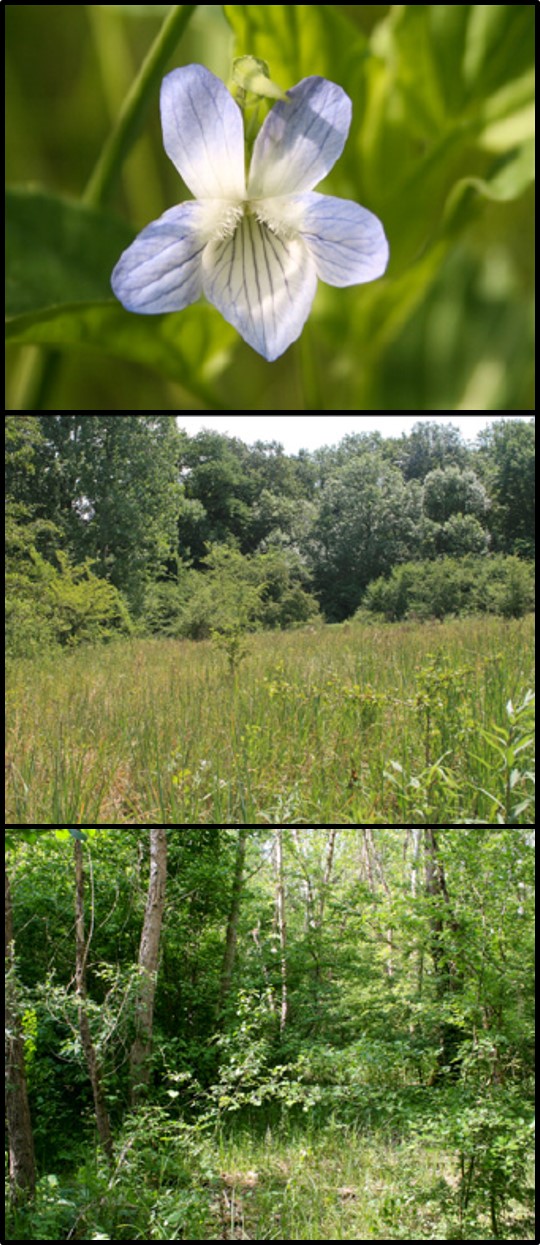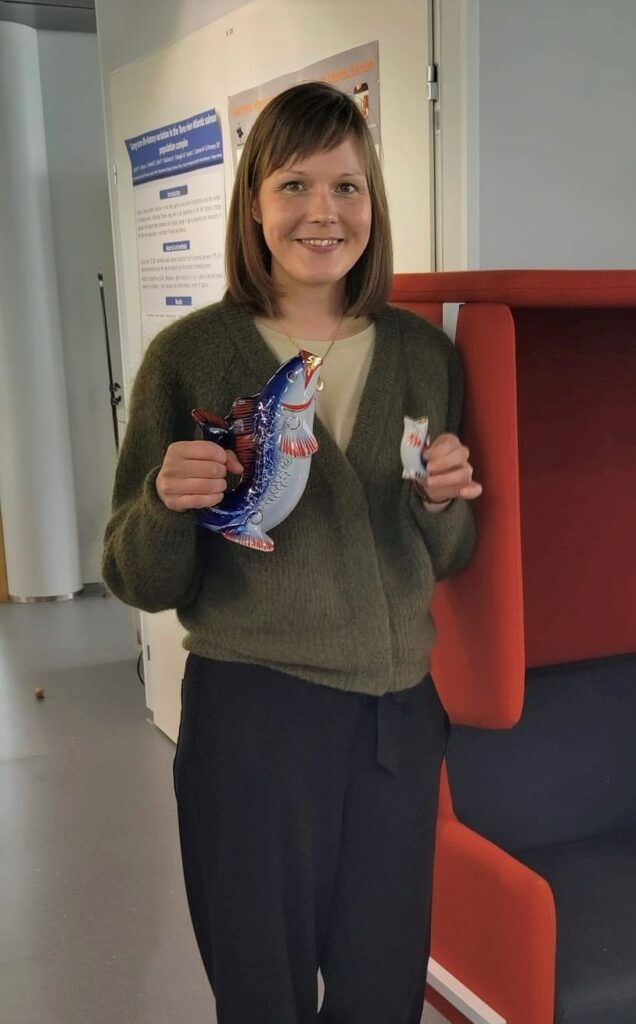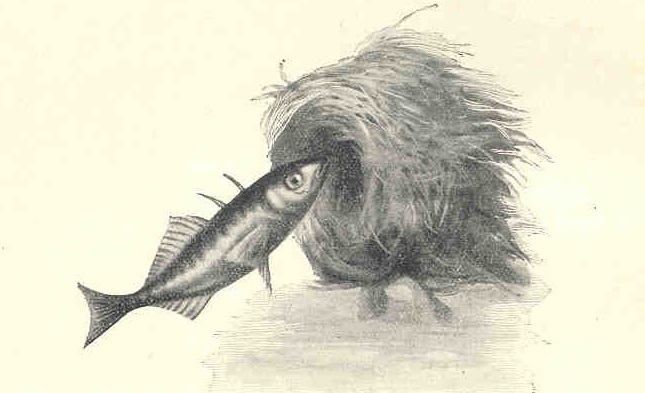15
JAN 2019 
Posted by Karl Filipsson |
Papers

Viola elatior and the two habitats used in the study: early successional floodplain meadows and late successional alluvian woodlands. Photos: Benjamin Schulz.
Benjamin Schulz, Walter Durka, Jiří Danihelka and Lutz Eckstein recently published the research paper “Differential role of a persistent seed bank for genetic variation in early vs. late successional stages” in the scientific journal PLOS ONE. In the abstract, the authors write:
“Persistent seed banks are predicted to have an important impact on population genetic processes by increasing effective population size and storing past genetic diversity. Accordingly, persistent seed banks may buffer genetic effects of disturbance, fragmentation and/or selection. However, empirical studies surveying the relationship between aboveground and seed bank genetics under changing environments are scarce. Here, we compared genetic variation of aboveground and seed bank cohorts in 15 populations of the partially cleistogamous Viola elatior in two contrasting early and late successional habitats characterized by strong differences in light-availability and declining population size. Using AFLP markers, we found significantly higher aboveground than seed bank genetic diversity in early successional meadow but not in late successional woodland habitats. Moreover, individually, three of eight woodland populations even showed higher seed bank than aboveground diversity. Genetic differentiation among populations was very strong (фST = 0.8), but overall no significant differentiation could be detected between above ground and seed bank cohorts. Small scale spatial genetic structure was generally pronounced but was much stronger in meadow (Sp-statistic: aboveground: 0.60, seed bank: 0.32) than in woodland habitats (aboveground: 0.11; seed bank: 0.03). Our findings indicate that relative seed bank diversity (i.e. compared to aboveground diversity) increases with ongoing succession and despite decreasing population size. As corroborated by markedly lower small-scale genetic structure in late successional habitats, we suggest that the observed changes in relative seed bank diversity are driven by an increase of outcrossing rates. Persistent seed banks in Viola elatior hence will counteract effects of drift and selection, and assure a higher chance for the species’ long term persistence, particularly maintaining genetic variation in declining populations of late successional habitats and thus enhancing success rates of population recovery after disturbance events.”
Read the paper here!




 On 28 May (tomorrow),
On 28 May (tomorrow), 
